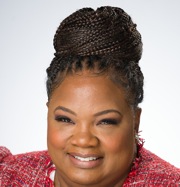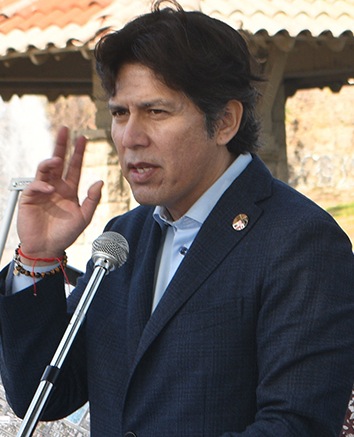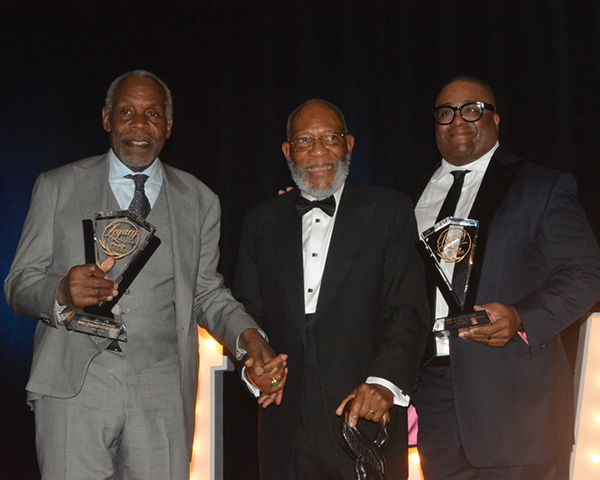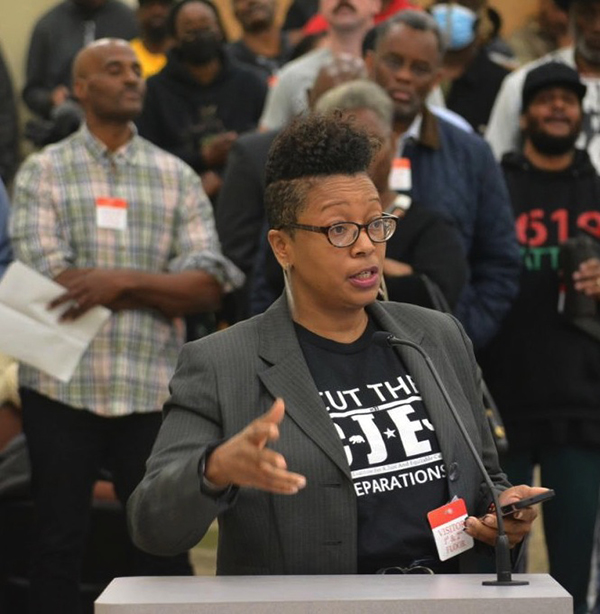By Shirley Hawkins
Contributing Writer
LOS ANGELES — A report proposing a sweeping regional agenda for addressing institutional racism in the city was the subject of discussion by more than 30 Black leaders Aug. 20.
The Committee for Greater LA’s Black Experience Action Team commissioned the report, entitled “The Road to Racial Justice Runs Through Equity: Ending Anti-Black Racism in Los Angeles.”
It was released after eight months of input and is intended to be an immediate call to action for community leaders, legislators and stakeholders to formulate specific recommendations.
The group discussed seven priority issues including: Economics and Poverty Relief; Housing and Homelessness; Education and Youth Development; Mass Incarceration and Police Violence; Physical Health and Mental Wellbeing; Environmentally Safe and Healthy Neighborhoods; and Advocacy and Political Power.
Some of the stakeholders discussing the report were April Verrett, president of SEIU Local 2015 and BEAT chair; Ange-Marie Hancock Alfaro, chair of USC’s Political Science and International Relations Department; and Miguel Santana, president and CEO of the Weingardt Foundation who chaired the action team.
“Across the seven major issues we cover, you will see specific ideas that address the needs of our LGBT and gender-non-conforming family members, our immigrant family members, and our family members with intellectual and physical disabilities,” Verrett said. “This is not a one and done pledge.
“We are in it for the long haul. While the report focuses on the immediate term of the next 10 years the implementation of the report is for the next 25 years.”
Verrett said that the report addresses the economic conditions and poverty that Black people in Los Angeles are still facing.
“It is important to note that the unemployment rate of Black people in 2021 is comparable to that of the 2008 Great Recession,” she said. “We need to support well-paying jobs. We need to support Black-owned businesses. We need to encourage businesses to recruit, hire and promote Black people.
“We need Black businesses to diversify their supply chains. We must engage banks in a major effort to increase lending to viable small businesses and consider redistributing local tax revenues to jurisdictions in need.
“Our overall vision for Black economic success is to cut poverty and unemployment in half, to restore Black households to economic resiliency, to make capital more accessible for Black businesses and to have reparations at local, state and federal levels,” Verrett added.
“Black Angelenos have been systematically excluded from economic mobility, wealth-building, education, fair housing and health care,” said Alfaro, who outlined the “Seven Dimensional Transformations of Black Angelenos Lives” in a slide presentation.
“Our systems did not fail. They were, in fact, designed to benefit the rich and powerful and they have been devastatingly effective,” she added. “We are actively excluding millions of low-income families in Los Angeles County from critical opportunities for economic and social mobility, while tech stocks soar and a new economy is built on top of them. We must work to create publicly accountable high-speed internet access for all.
“We must cut poverty and unemployment in half and build more multi-family and affordable housing,” Alfaro continued. “We must reform the cash bail system and end the criminalization of poverty and trauma.
“When we think about physical health and mental well being in addressing an environmentally safe neighborhood, we really want to talk about things that Black people experience that aren’t necessarily part of a particular government agency, like when you’re barbecuing while Black or when you can’t sit in a Starbucks, how do you actually make sure you are creating safe neighborhoods where people find freedom and belonging?
“This is all part of the 10-year vision where we want that young person who is 5 years old in L. A. today to actually begin to experience a racism-free Los Angeles when they are 15 and hopefully have a completion of it by the time they are 30,” she added.
Corey Matthews, COO of the Community Coalition, said that meeting with community residents and leaders who shared their experiences and input during eight months of anti-racism discussion was a “cathartic and revolutionary” experience.
“I believe that the future of Black L.A. that is outlined in the roadmap is bright and brimming with great hope and if we just follow it, our collective efforts will put the eradication of anti-black racism in L. A. within reach,” he said.
“Addressing anti-Black racism will require a long-term commitment and investment from those in power and from all of us as community members and stakeholders,” said Santana, who chaired the committee. “This report holds a mirror up to L.A. County, identifies areas for self-improvement and provides us with a roadmap for implementation. The time of inaction is over. No more excuses.”
“By addressing our legacy of anti-Black racism, we can begin to develop a framework that benefits everyone,” Verrett added.
The group urged Black Angelenos who are invested in systems change to use the No Going Back report as a reference point to help rebuild organizations, institutions and systems and to join us by signing the No Going Back LA pledge.













